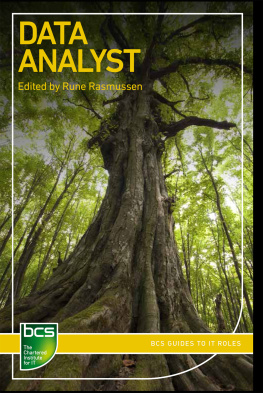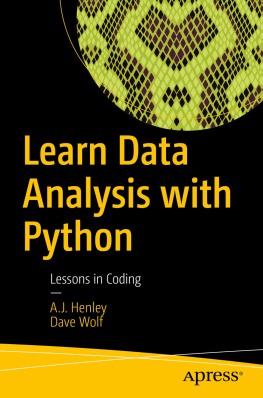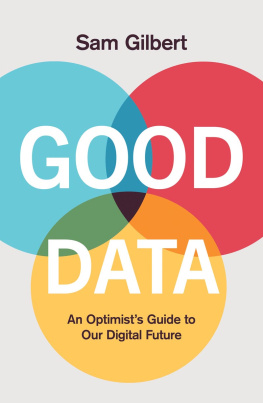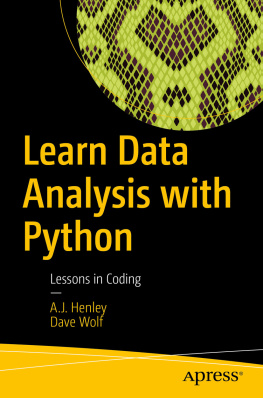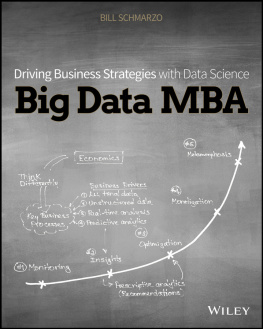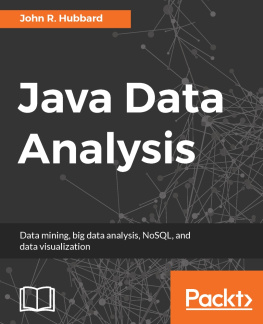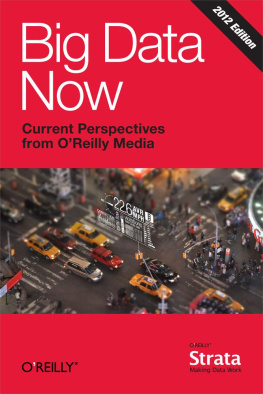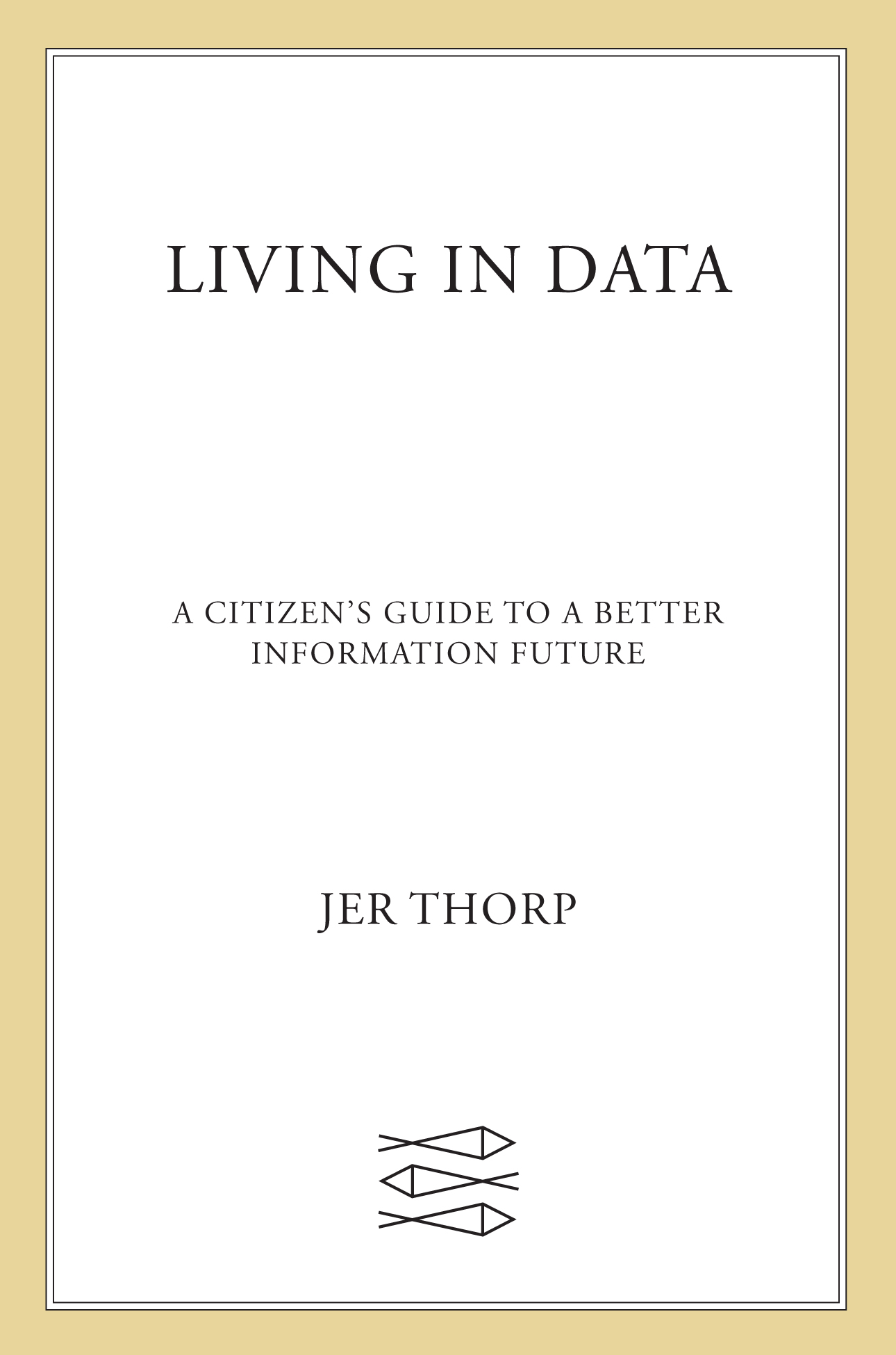Contents
Guide
Pagebreaks of the print version
The author and publisher have provided this e-book to you for your personal use only. You may not make this e-book publicly available in any way. Copyright infringement is against the law. If you believe the copy of this e-book you are reading infringes on the authors copyright, please notify the publisher at: us.macmillanusa.com/piracy.
For Nora.
There are a hundred thousand species of love, separately invented, each more ingenious than the last, and every one of them keeps making things.
Richard Powers, The Overstory
I am writing this under curfew. The police are, right now, roaming this city in great packs, batons in hand. They are herding protesters, kettling them, beating them, zip-tying their wrists, detaining them for hours without food or water or medical care. It is our fourth night of this. It is our seventy-seventh day of shutdown, of shelter in place; we are at some unclear point in a pandemic that may last many more weeks or months or years.
It has been a spring of data. Numbers of cases, numbers of tests, numbers of deaths. Numbers about social distancing and herd immunity. Numbers of protesters, of Black people killed by police. Numbers, numbers, numbers. On March 27, The New York Times published a chart that showed the unprecedented numbers of people seeking unemployment insurance that week in the country; the right-most bar (3.3 million) stretched from the very bottom of the page to the top. The Times did it again on May 9, when the monthly figure had passed twenty million. On May 24, the newspaper printed a thousand names of people who had died so far from the coronavirus: a thousand names that spilled off the front page and into the next. Angel Escamilla, sixty-seven, Naperville, Illinois. Assistant pastor. April Dunn, thirty-three, Baton Rouge, Louisiana. Advocate for disability rights. Joseph Yaggi, sixty-five, Indiana. Mentor and friend to many. Alby Kass, eighty-nine, California. Lead singer of a Yiddish folk group.
In my neighborhood, on the edge of the East River, someone has been leaving little painted rocks on the trails in the park. Everything is going to be OK, one says, painted in tidy black letters on white. We are all in this together, reads another.
We are not all in this together. Read those names in The New York Times more closely, dig into the numbers, and youll find out that the virus has affected Black people and Black communities more severely than white ones. In Minneapolis, where George Floyd was killed on May 25, 2020, the police are seven times more likely to use violence against Black people than they are against white people. It is the we in the stones platitude that is problematic.
That same collective we has too often been datas all lives matter, a way to soft-pedal concerns about privacy while refusing to speak directly to dangerous inequalities. If I want to talk about the human experience of data, I need to talk about risk, and risk is something that does not affect people equally or at the same time. Living in data may seem like a shared reality, but it is an experience that critically differs from person to person and from group to group. One two-letter word cannot possibly hold all of the varied experiences of data, specifically those of the people who are at the most immediate risk: visible minorities, LGBTQ+ people, indigenous communities, the elderly, the disabled, displaced migrants, the incarcerated.
Much of the book youre about to read is written in the first-person plural. That is to say that Im going to use the word we a lot, wrapping you and me together. It makes me uncomfortable, and it should make you uncomfortable too. But I believe its necessary. To borrow from Julietta Singh, my we is a hopeful summons. It exists not in the present but in some better future that I have to believe we will arrive at.
This is only the second time in New Yorks history that the city has been placed under curfew. The first time was August 1, 1943. It was the night of the Harlem riots, which had erupted after a white police officer, James Collins, shot a Black soldier, Robert Bandy. Mayor LaGuardia sent a force of six thousand police and fifteen hundred civilians into Harlem to quell outbreaks of hoodlumism. Six hundred people were arrested, and several were killed. That night was also the funeral for James Baldwins stepfather, and he wrote of driving to the graveyard through a wilderness of smashed plate glass. The riots and his stepfathers death would inspire one of his most famous essays, Notes of a Native Son, which ends with these words:
It began to seem that one would have to hold in the mind forever two ideas which seemed to be in opposition. The first idea was acceptance, the acceptance, totally without rancor, of life as it is, and men as they are: in the light of this idea, it goes without saying that injustice is a commonplace. But this did not mean that one could be complacent, for the second idea was of equal power: that one must never, in ones own life, accept these injustices as commonplace but must fight them with all ones strength. This fight begins, however, in the heart and it now had been laid to my charge to keep my own heart free of hatred and despair. This intimation made my heart heavy and, now that my father was irrecoverable, I wished that he had been beside me so that I could have searched his face for the answers which only the future would give me now.
How does one speak about something that is both fish and water, means as well as end?
URSULA FRANKLIN,
THE REAL WORLD OF TECHNOLOGY
Hal Fisk stood in the Louisiana sun, wiping the sweat from his brow with a clean white handkerchief. It was one of a few dozen that Emma always packed for him on these trips, for the sweat and for the mud. There was mud still in the deep furrows of his geologists hands, even after hed wiped them clean and then wiped them clean again. There was mud, too, caked and dried up both of Hals arms to where hed rolled up his shirtsleeves neatly in the morning. To do any sort of work out here was to be very intimate with mud, no way around it.
Theyd been trying to get the bore rig started all morning, but the big bit kept on getting caught on something before it could build up enough torque. An old tree root, it turned out, so Bill Hendy was neck-deep in the muck with a hacksaw trying to get the thing out. Hal hoped they could get the machine started soon; around noontime the heat would be downright unbearable. This was the second last drill between Harrisonburg and Natchez, and he was eager to get back to Vicksburg, to Emma and the lab and to the data.
Where Hal was standing was a good ten miles from the Mississippi. There was another river that ran much closer by, the Tensas. It was a stream really, choked with turtle grass, half decent for fishing according to the locals but barely wide enough for a boat even after a rain. What the mud would tell them, Hal knew, was that the Tensas was the meandering ghost of a Mississippi past, a last trickle of a course abandoned some three thousand years before.
It had been clear from the beginning, to the first humans who had navigated the river, that the Mississippi was restless. Over time its curves would widen, the water becoming more shallow. Eventually the elbows of the river would double back on themselves, and the water, taking what it deemed the most rational path, would decide to avoid the old part altogether, would flow across the ground to the next loop of the river, cutting off a piece of itself. And repeat.



